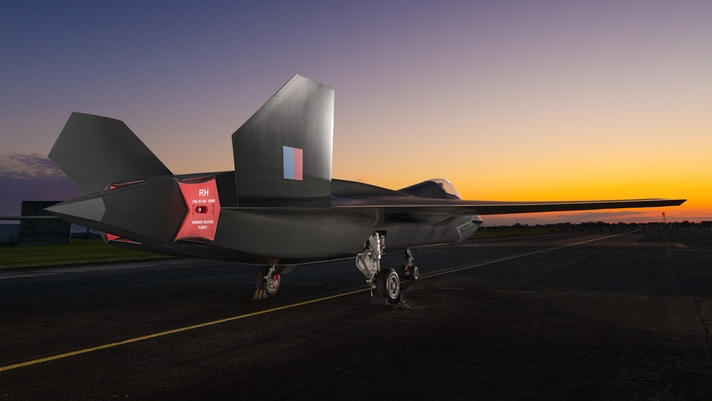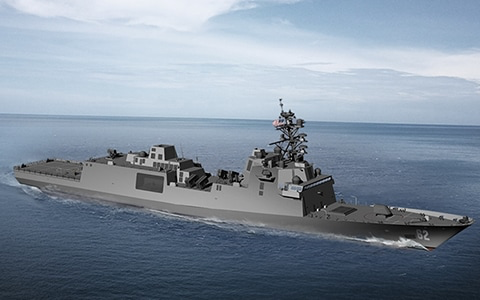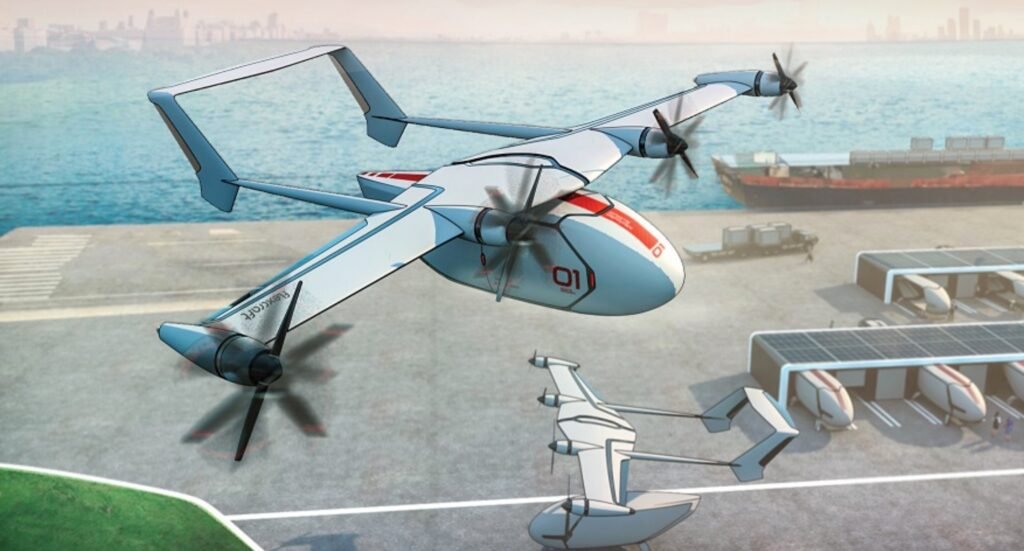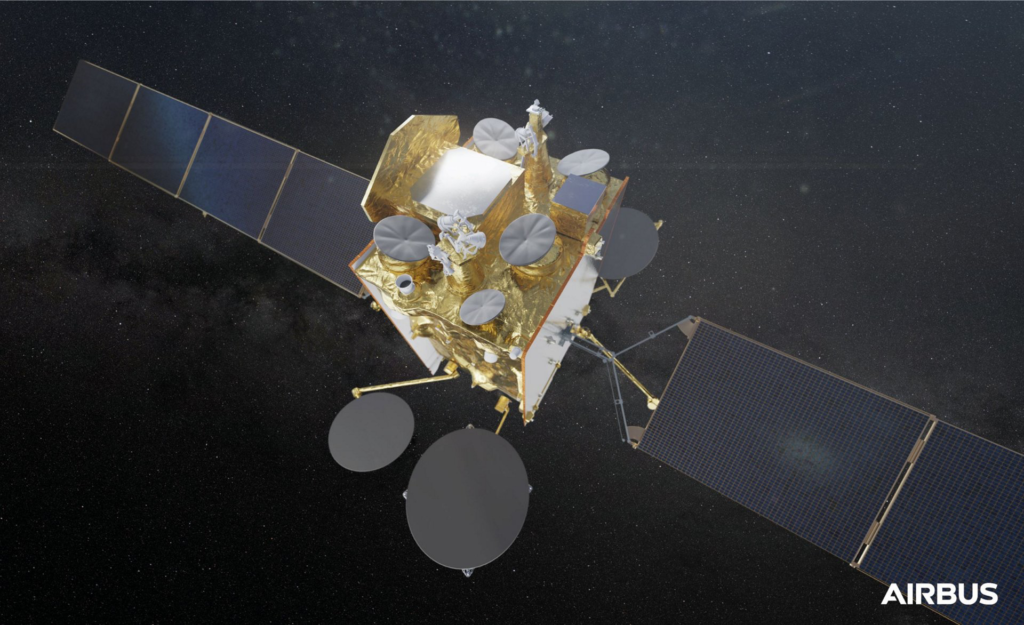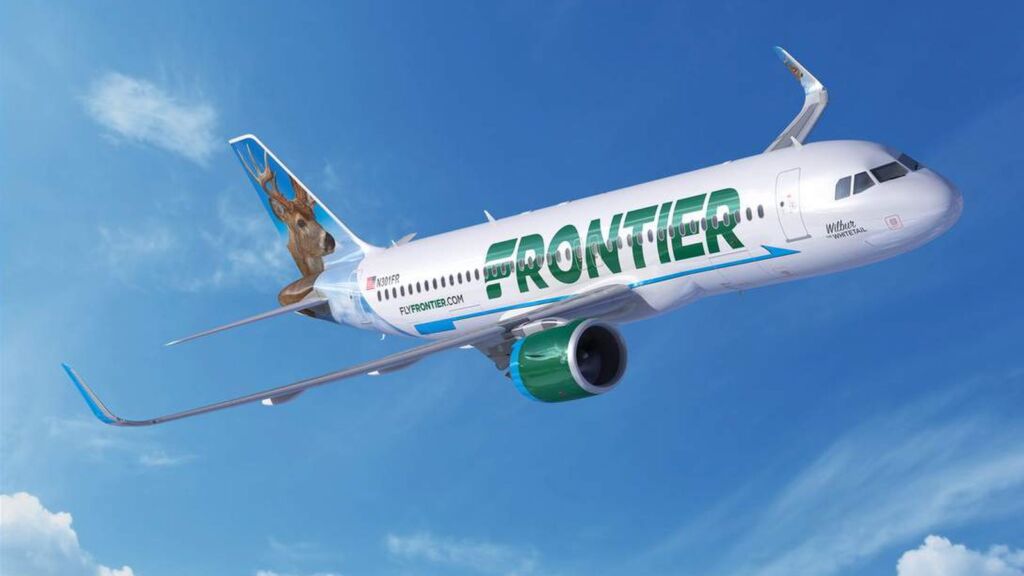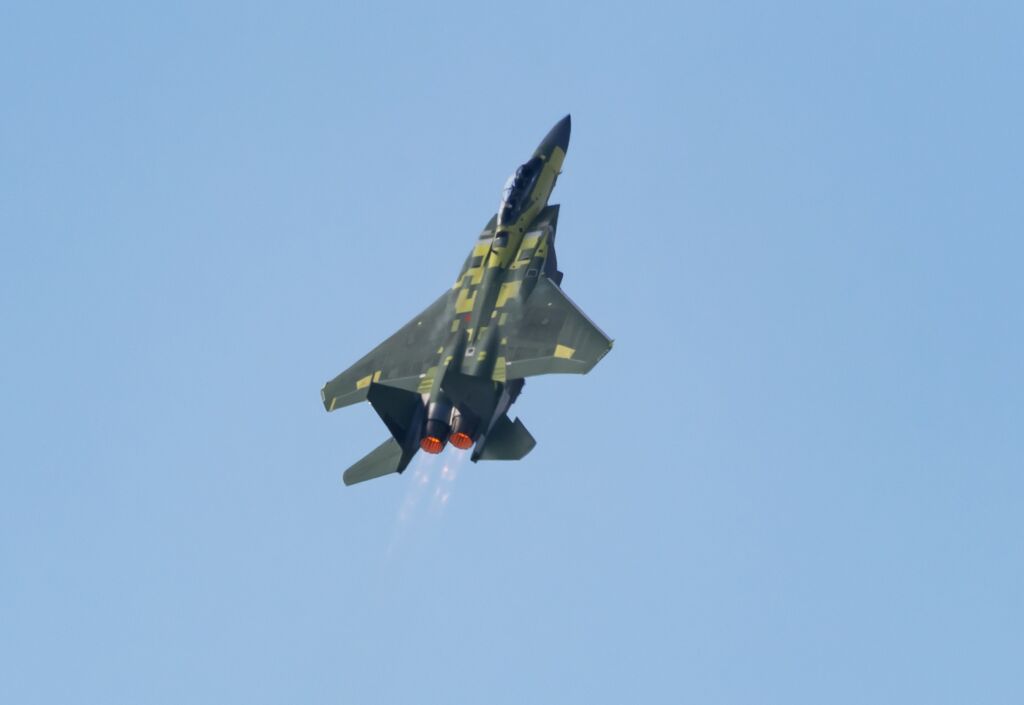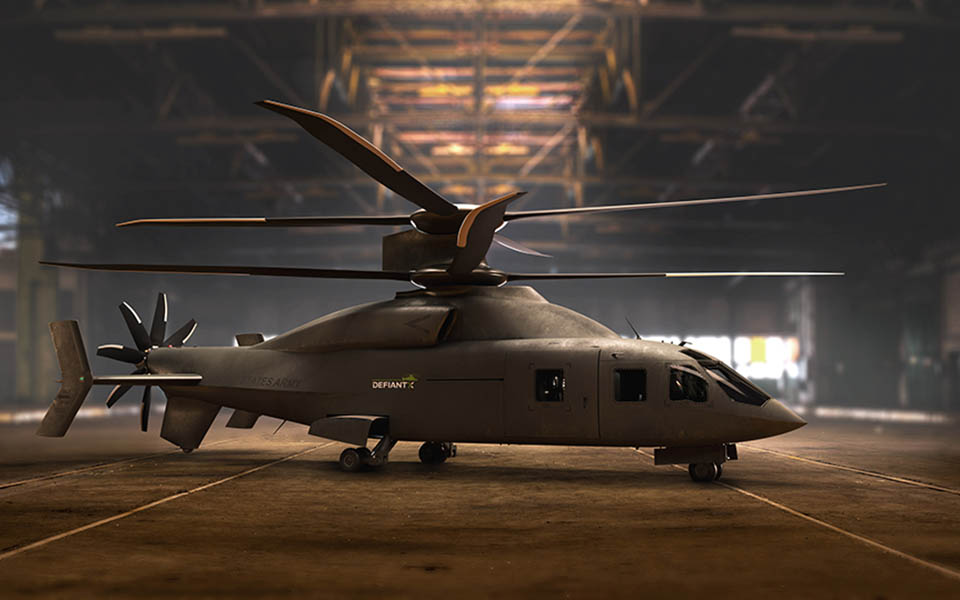Future Combat Air Program Tempest Poised to Drive Productivity Across United Kingdom
The Tempest program is expected to generate long-term high value employment, with productivity per worker 78% higher than the national average, underlining how this exciting programme can make a significant contribution to the UK Government’s…
